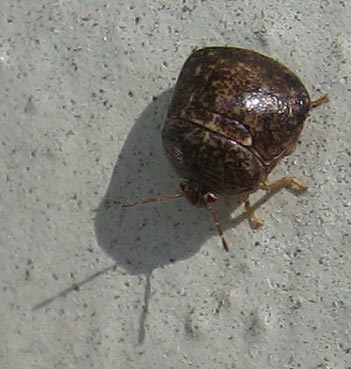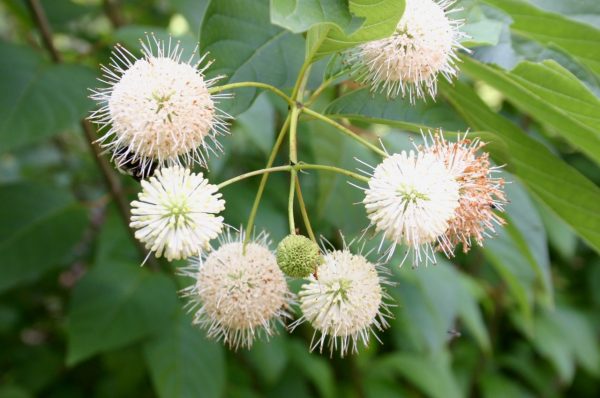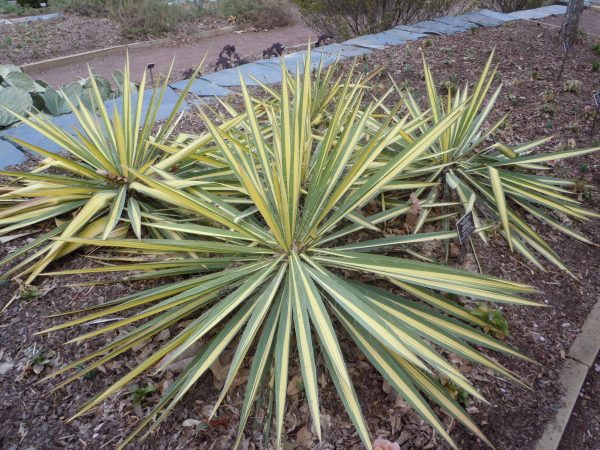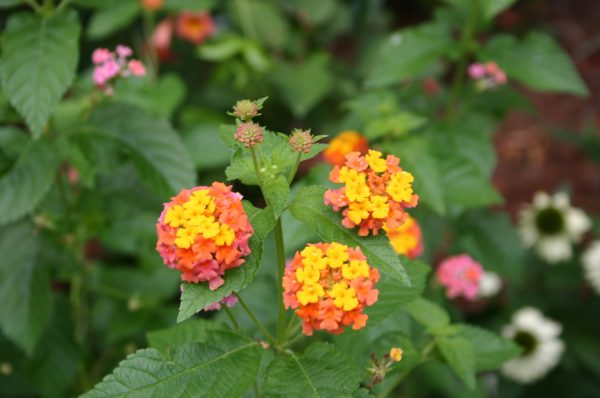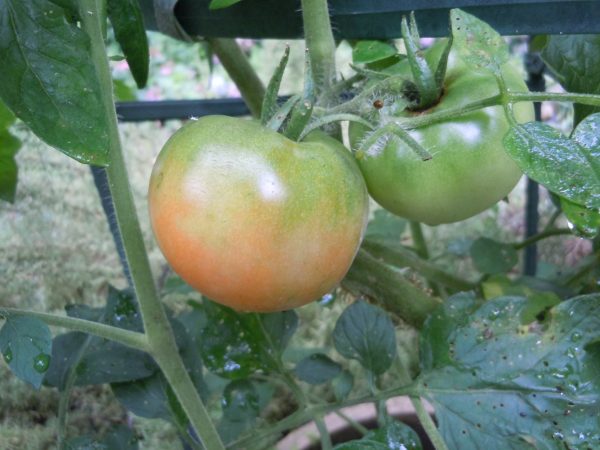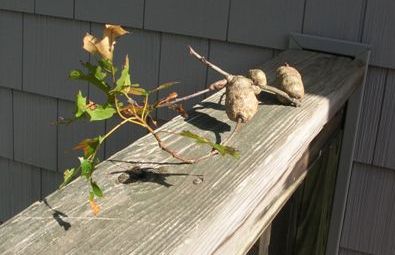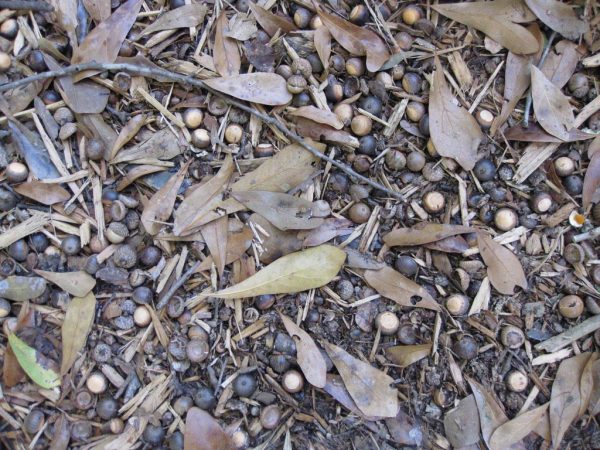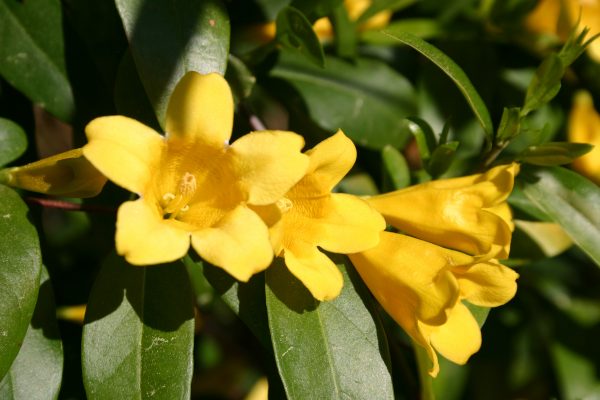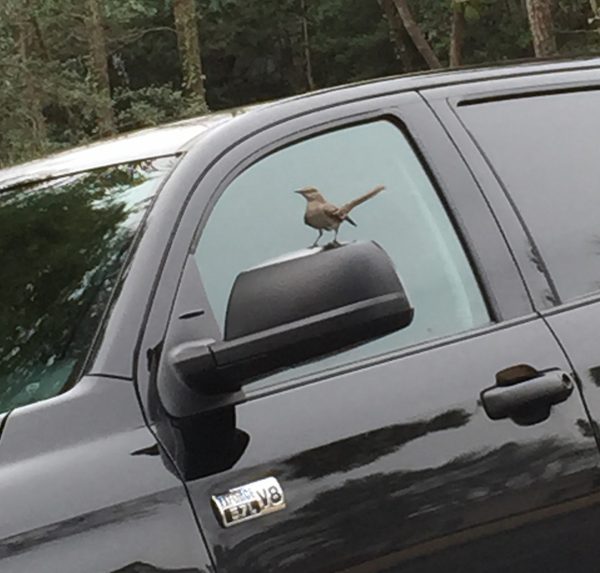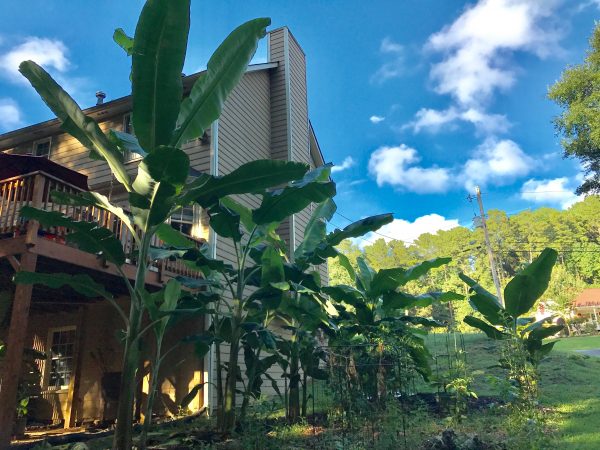Fungus Patch Killed My Centipede Lawn

Q: Large patch fungus killed my centipede lawn. I’m going to replant in May,
but is it possible that the fungus is still in my soil? How can I kill it?
A: If large patch fungus was originally present, it will always be present. But
that does not mean your grass always be infected. Disease experts refer to the
“three-legged stool” of disease occurrence: for a disease to be problematic you
have to have: 1. a susceptible plant, 2. the disease fungi, and 3. the right
environment.
In your case, you’ll always have the plant and the fungus but you have the
ability to control the third factor: the environment. You can control the
fertilizer rate, mowing height, and irrigation amount on your centipede grass.
Before planting, have your soil tested (georgiasoiltest.com) and follow the
recommendations for fertilizer and lime; mow at 1.5″ – 2″ high; and don’t give
the grass more than one inch of water per week.



